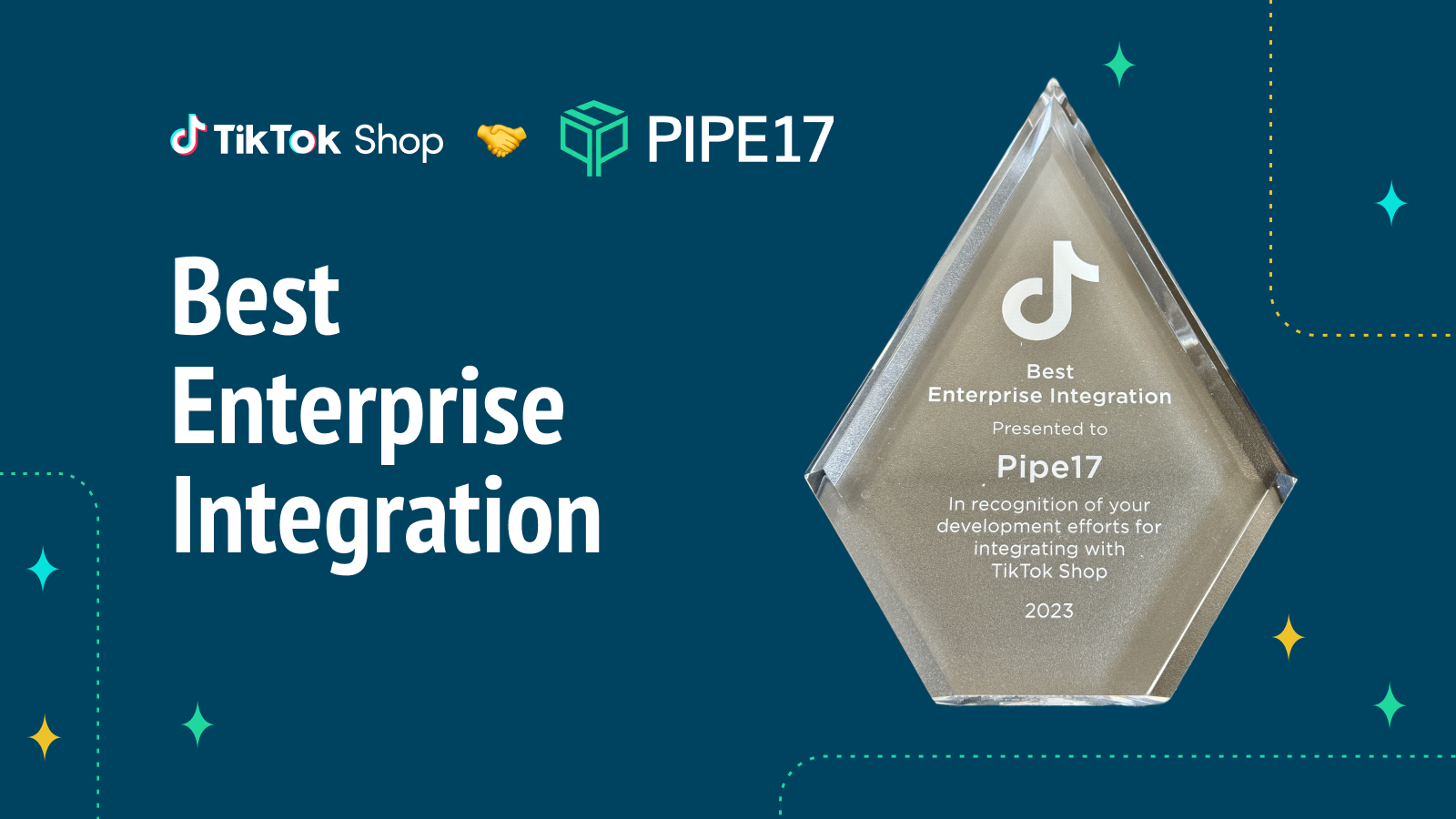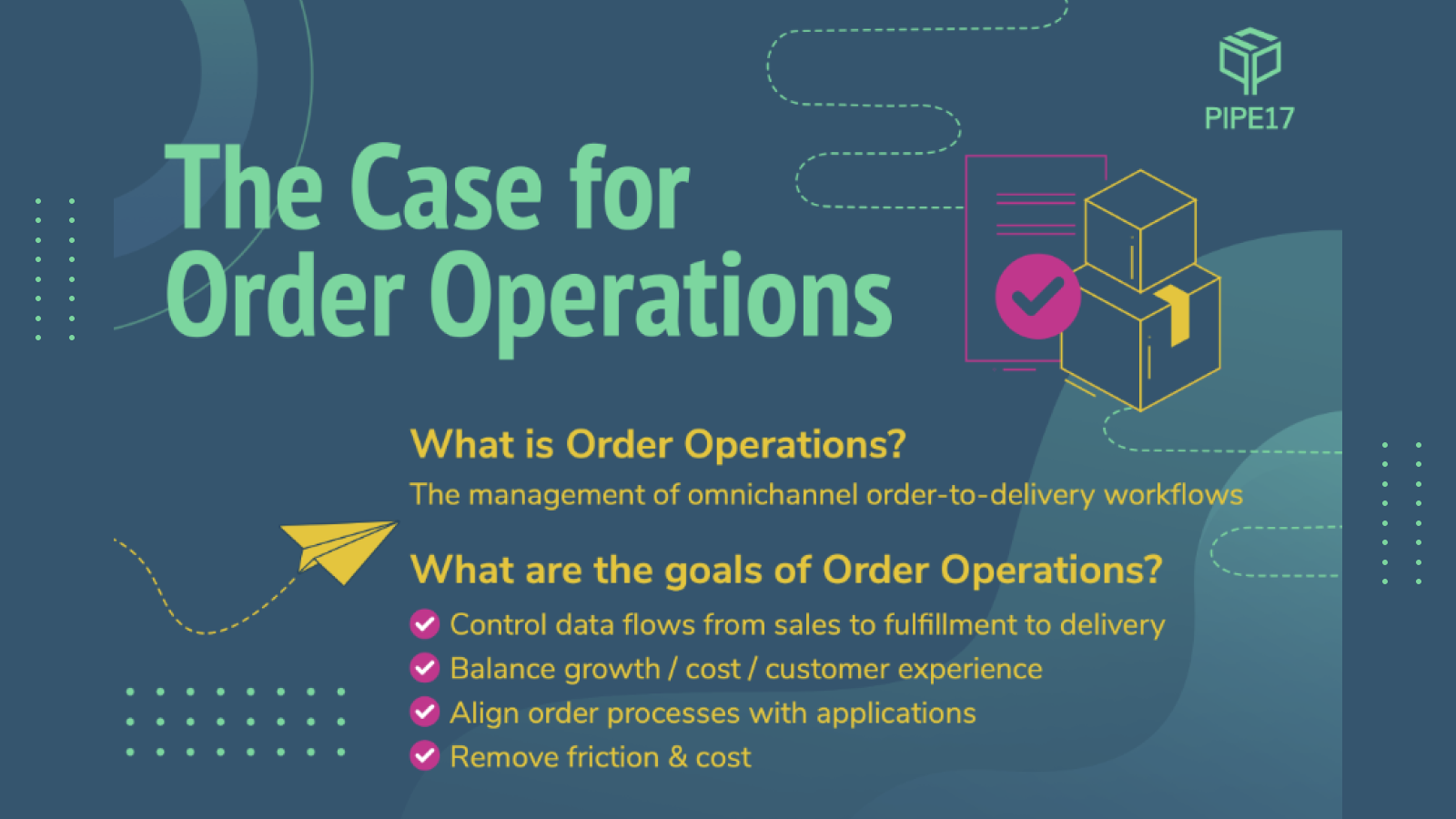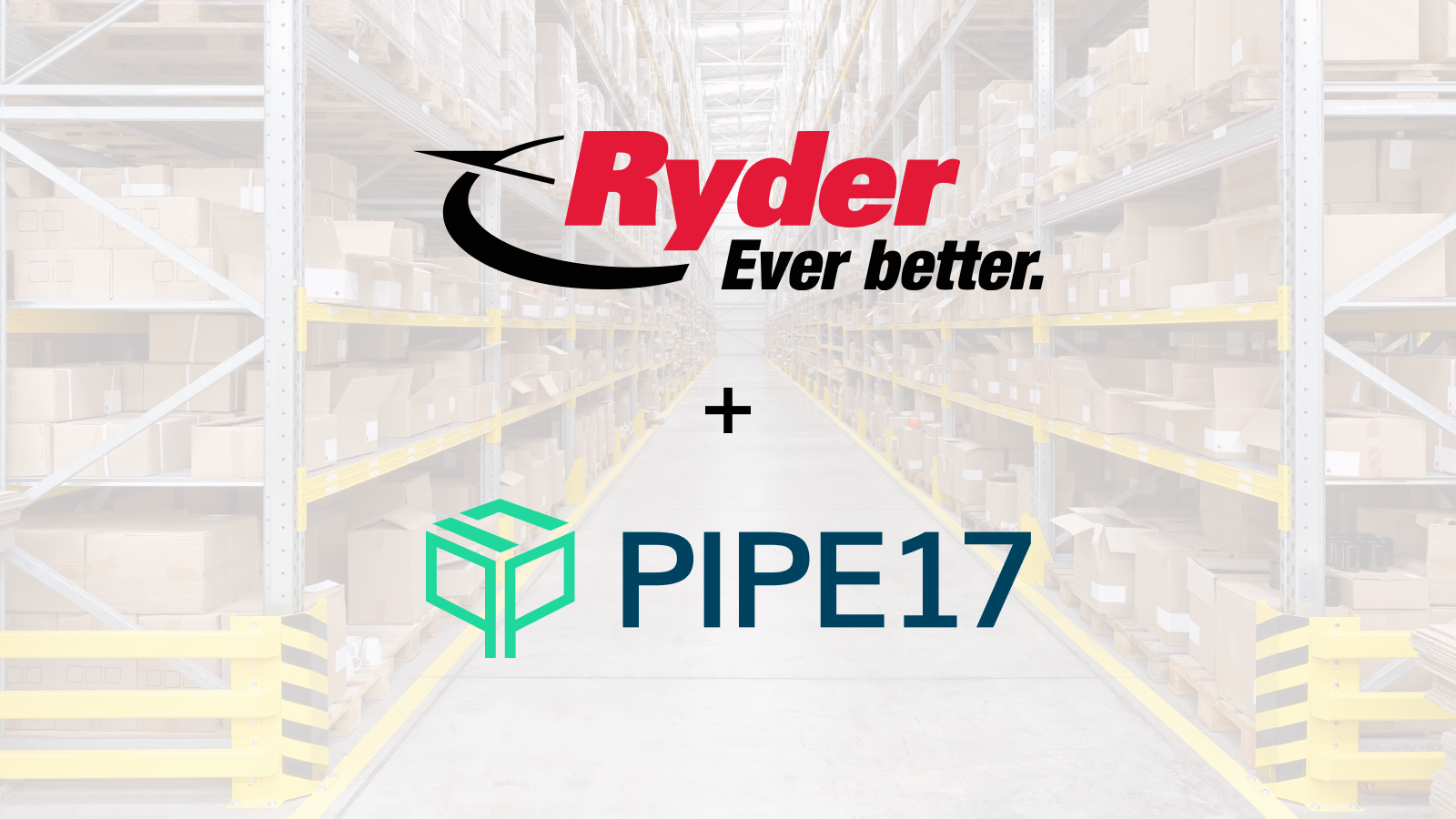How do you choose the right fulfillment warehouse for the specific needs of your eCommerce business? What features should you prioritize? What can you afford to ignore? These questions — and many more — affect who you choose to partner with. Making the call isn’t easy: you need to take multiple factors into account including cost, location, technology, or whether they can process returns or not. A single post is never going to be able to cover all that. That’s why I’m going to focus on the three non-negotiables I’ve noticed from speaking to our clients.
1. Offers fast order fulfillment and delivery to all the key areas you serve
Speed is (almost) everything. This has been said hundreds of times before, but I’m going to say it again: Amazon Prime has spoiled consumers when it comes to delivery expectations. It’s also primed them. According to the 2019 Walker Sands Consumer Report, one third of consumers (and 43% of millennials!) receive one or more Amazon packages a week. The 2020 numbers aren’t in yet, but if I had to guess, I’d wager this has gone up. Amazon offers speed: large population centers enjoy same day delivery; those more remote can still get a package dropped off in two days.
And two days is quickly becoming the upper limit. A Statista report found that — back in 2019 — 40% of US consumers were “willing” to wait two days for fast shipping. According to the US Census, eCommerce sales went up by 7.7% in the first quarter of 2021. That increase comes on the heels of a 44% increase in 2020. This means that while more shoppers are heading online, more competitors are entering the rink. That’s why you can’t afford to have your fulfillment process put you at a disadvantage, which leads me to the first major point: your fulfillment partner — or 3PL — should offer fast shipping as an option.
Offering at least two day delivery can be a major competitive advantage and one of the fastest ways to increase conversions and provide a great customer experience. But overnight or 2-day delivery isn’t the only thing to consider when it comes to fulfillment speed: warehouse distribution matters too. As a general — if slightly crude — rule of thumb, the closer your products are to an area, the faster and cheaper it is to deliver them. Partnering with a 3PL or 4PL with broad distribution will help you distribute products, save money on shipping and cut delivery times all at the same time.
2. Uses software you can integrate with
There are no universal best practices, rules or connectors when it comes to 3PL or Warehouse Management Systems (WMS). Each 3PL you partner with will likely use their own WMS to handle orders and fulfillment. This means that you — and the platforms you are selling on — need to integrate with it. At the moment, when it comes to integrations, you’ve got several options:
- Build a custom integration yourself. On the plus side, this approach gives you control over the cost and process, and it’s highly customizable. On the downside, it’s specialized and requires time, resources, knowledge and consistent monitoring. If you don’t have someone (or several someones) on your team with deep technical knowledge and time on their hands, this may not be the option for you.
- Use an iPaaS (Integration Platform as a Service). This developer tool can open up a world of integrations, helping you connect various parts of your eCommerce ecosystem together. The downside is that iPaaS platforms were built for enterprises and developers. Using them require extensive technical knowledge and can be expensive for solving small problems.
- Use a specialized eCommerce connectivity solution. But what if you just want to connect your new 3PL to just one specific piece of software and you don’t have the in-house resources to spend weeks (or months) building a custom integration? That’s where a service like Pipe17 can help. (Here’s how we fixed that problem for YouTopia Snacks.)
Before you choose a partner, look into your integration options and choose the route that makes most sense to you. The last thing you need is to get halfway through setting everything up and realize that the software you use is incompatible with what your 3PL uses.
3. Look for a simple, easy to understand pricing structure that makes sense for your needs
Just like every other kind of business, some 3PLs are clearer about their pricing than others. Generally, most 3PLs would likely use one of these pricing models:
- Transaction or unit rate. 3PLs using this model charge per unit: the more you ship, the more it costs you. This type of pricing is predictable: you know what selling more will cost and it makes budgeting simple.
- Fixed variable pricing. In this model, certain tasks have a fixed monthly price and certain ones vary. This is a more customizable method but works better if your forecasting skills are strong.
- Cost-plus model. If your 3PL uses this pricing model, it means that you pay for the cost of shipping and for a management fee on top of that. It can be a decent model for new relationships but you’ll need a strong understanding of providers’ pricing in your area.
While these are three of the most common pricing models you’ll encounter, there’s no standardized 3PL pricing model. Before you settle on a partner, make sure you understand exactly how their models. Find out if there’s room for negotiation and identify all the strengths, weaknesses and risks of the model in play. The most important thing here is to choose something that works for your eCommerce business and current operations process.
Choosing the right fulfillment partner for your needs
As of 2020, the 3PL industry in the US is worth 196.4 billion dollars. Over the last 6 years, it’s grown by 2% year over year. This slow, steady growth indicates a maturing market. It’s a competitive one too: this means consumers have choices. You can prioritize the features and services that matter to you. These three points (and the bonus) are a good place to start, but in the end, only you can evaluate your needs.






